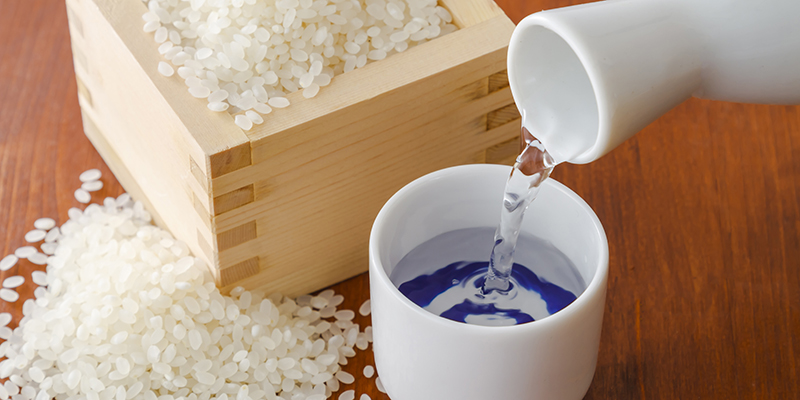For a drink that’s so very everywhere, sake’s pretty misunderstood. And unless you’ve grown up with the stuff—or become one of a few certified sake sommeliers—it actually makes sense to not quite get it. As consumers, we’ve been sold a two-dimensional sake experience: hot or cold, served with sushi, and, yeah, that’s pretty much it. We haven’t been introduced to the real gradations and complexities of the stuff (which depend on things like rice milling, water mineral content, fortification, etc.).
There’s plenty to dive into, and we’ll get to that, but for now we can demystify at least one simple thing: sake isn’t “rice wine.” Rice wine is an easy and (kind of?) catchy term, but it’s technically inaccurate, since wine, by definition, is made from grape juice or, per the OED, “the fermented juice of specified other fruits or plants.” You can have grape wine, peach wine, dandelion wine—but not rice wine.
Rice is a starch (and the rice used for sake is actually an especially starchy starch). The way sake is made is by getting some mold (yeah, more on that later) to help convert the rice starch into sugar. Yeast is then added to convert those sugars into alcohol. Which means sake, a starch-based booze, is actually much closer to “rice beer.” Some sakes, called “aruten,” have a distilled neutral alcohol added to the mash, but these aren’t “distilled” sakes. They’ve just been fortified slightly, more to impact the roundness and final body of the finished product.
As for that mold, don’t freak out. It’s called Aspergillus oryzae, or “Koji,” and all it does is provide enzymes that help convert the rice starches into sugar. It also just so happens to look kind of cute—a little white fuzziness coating grains of rice like a tiny fur coat.


